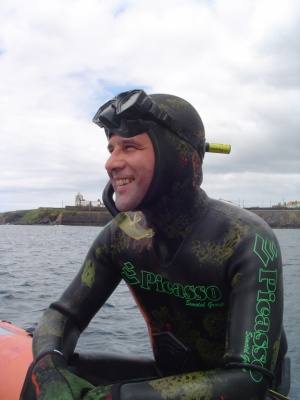Six species of marine turtles occur in the Azores Archipelago. The loggerhead, Caretta caretta (Linnaeus, 1758), is by far the most common species and is being constantly monitored and tagged by a joint project between the University of the Azores and the University of Florida since 1989. With the implementation of the tuna fishery observers (for dolphin safe seals), an increment of sea turtle reports has been verified as expected. The leather back turtle, Dermochelys coriacea (Vandelli, 1761) is the second most observed species in the Azores' EEZ, a fact probably also linked to the tuna fishery observation programme. All other species are occasional/vagrant albeit the green turtle, Chelonia mydas (Linnaeus, 1758) is more commonly seen than the others. Historically, sea turtles were occasionally taken for food in specific fishing villages and ports. Since 1986, sea turtles, as well as all marine mammals, are fully protected in the Azores although human-related activities (e.g. plastics, discarded fishing gear) do generate serious injuries and deaths.


